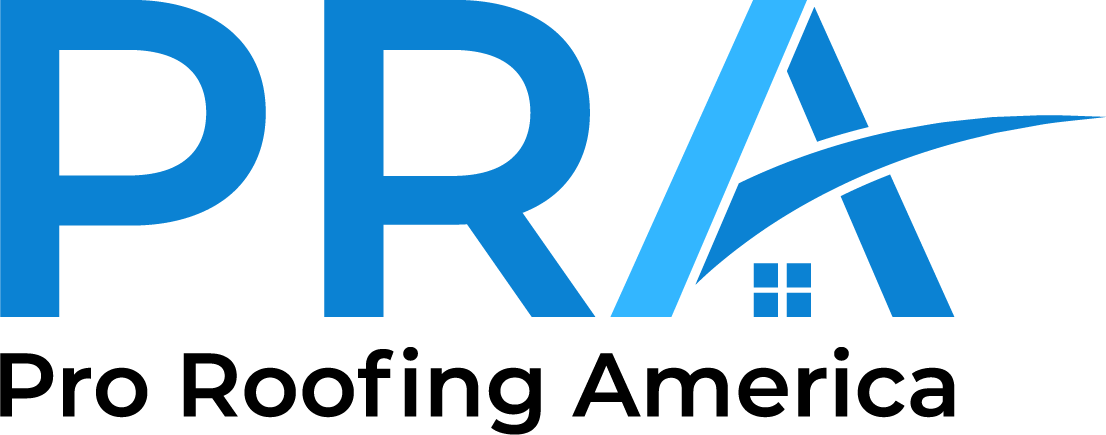The decision to install a metal roof is an investment in durability, energy efficiency, and sustainability. However, the installation process can present unique challenges that require careful planning and expertise. This blog post aims to guide homeowners and industry professionals through the common hurdles of metal roofing installation, offering solutions and best practices to ensure a successful project.
Challenge 1: Layout Planning
Solution: Proper layout planning is crucial for a seamless metal roof installation. It begins with accurate measurements and an understanding of the roof’s architecture. Utilize design software to create detailed diagrams and plan the layout considering the roof’s pitch, valleys, and ridges. This preemptive step helps in minimizing waste and ensures that the panels fit perfectly, reducing the need for adjustments during installation.
Best Practice: Always conduct a thorough site inspection before beginning the planning process. Take precise measurements and consider potential obstacles such as chimneys or skylights.
Challenge 2: Cover Width Control
Solution: Controlling the cover width of metal panels is essential to avoid under- or over-coverage, which can lead to leaks or aesthetic discrepancies. This involves calculating the panel expansion and contraction due to temperature changes and accommodating for it in the installation process.
Best Practice: Use fixed and sliding clips that allow for thermal movement of the panels while keeping them securely attached to the roof. Additionally, ensure that the panels are cut to the correct width, taking the thermal expansion into account.
Challenge 3: Ensuring Proper Seal
Solution: A common challenge with metal roofing is ensuring that all seams, joints, and penetrations are properly sealed to prevent leaks. This requires the use of high-quality sealants and the correct installation of flashing around penetrations.
Best Practice: Select sealants that are specifically designed for metal roofing and are compatible with the metal type. Apply sealant as per the manufacturer’s instructions, ensuring that all seams and joints are adequately covered. Install flashing around penetrations such as vents and chimneys to provide an additional layer of protection.
Challenge 4: Handling Thermal Expansion and Contraction
Solution: Metal roofs expand and contract with temperature changes, which can lead to fastener back-out, seam separation, and other issues if not properly accounted for.
Best Practice: Incorporate expansion joints or use sliding clips that allow the panels to move without causing damage. Choose fasteners that are designed to accommodate the movement of metal roofs and regularly inspect the roof to ensure that all components are functioning as intended.
Challenge 5: Noise Reduction
Solution: Metal roofs can be noisier than other types of roofing materials, especially during rain or hail. To mitigate noise, it’s important to install proper insulation and underlayment.
Best Practice: Use a high-quality, sound-absorbing underlayment beneath the metal panels. Additionally, consider installing a solid sheathing board beneath the underlayment to further reduce noise transmission.
Avoiding Common Pitfalls
Incorrect Fastener Use: Using the wrong type or number of fasteners can lead to roof failures. Ensure that the correct fasteners are used as per the roofing material and local building codes.
Neglecting Manufacturer’s Instructions: Each metal roofing system may have specific installation requirements. Always follow the manufacturer’s instructions to ensure warranty compliance and optimal performance.
Overlooking Safety Measures: Metal roofing installation requires working at heights and handling sharp materials. Always prioritize safety by using the appropriate personal protective equipment and following safety protocols.
The installation of metal roofs comes with its set of challenges, but with careful planning, the right tools, and adherence to best practices, these hurdles can be overcome. By addressing common issues such as layout planning, cover width control, sealing, thermal expansion, and noise reduction, homeowners and professionals can ensure a successful metal roof installation.
At Pro Roofing America, we specialize in overcoming the challenges of metal roof installation, providing our clients with peace of mind and a roof that stands the test of time. Our team of experts is equipped with the knowledge and tools to address the unique aspects of metal roofing, ensuring a seamless and efficient installation process.
Choose Pro Roofing America for your roofing project, and experience the highest standards of quality and service. Contact us today to discuss your metal roofing needs and how we can help you navigate the installation process with ease. Together, let’s create a durable, efficient, and beautiful roofing solution for your home.


